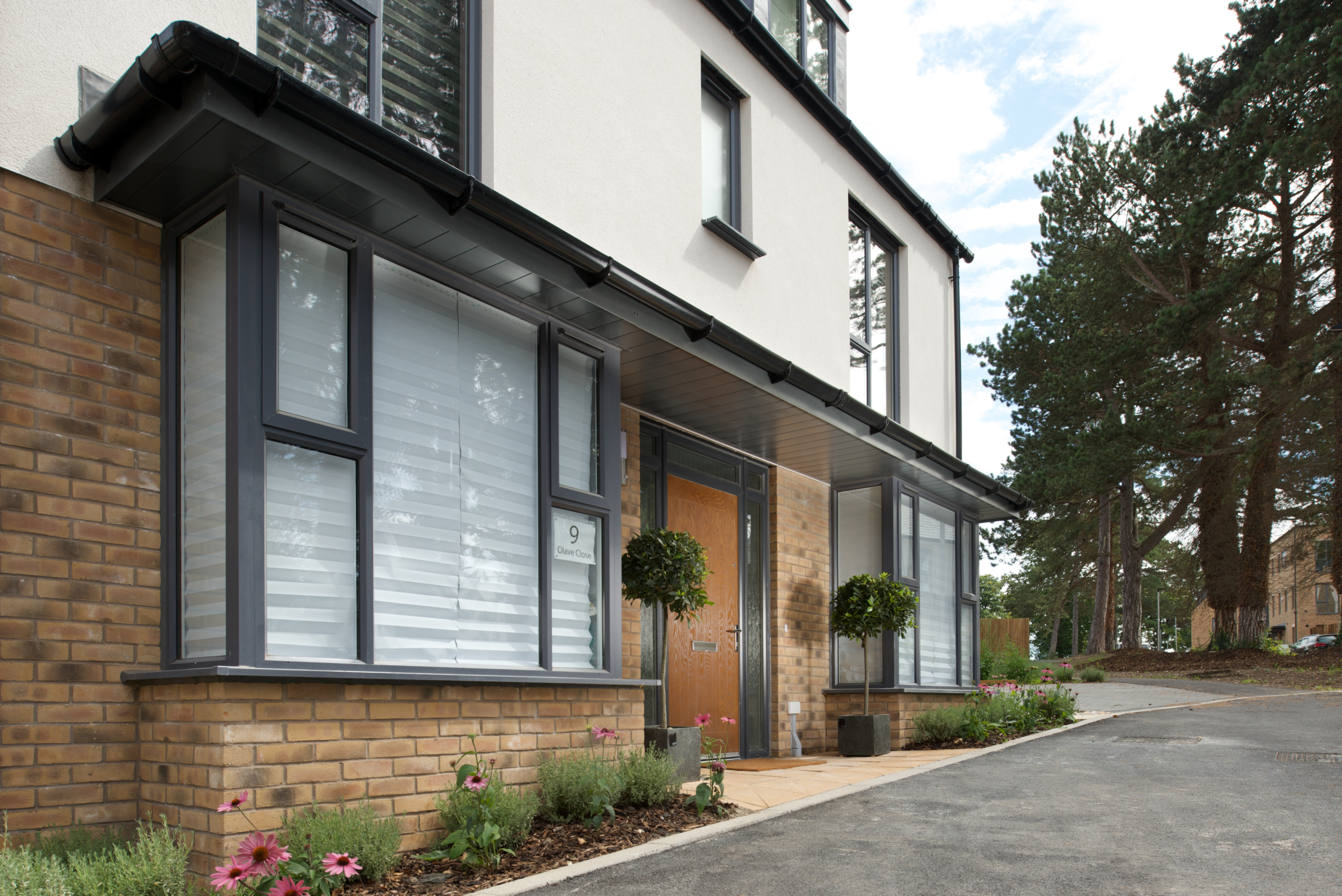Reducing the energy demand of buildings, by specifying high performance building fabric for instance, can contribute to the decarbonisation of our energy supply and work to the goal of net zero carbon emissions. A goal UK government has set to be met by 2050. As a result, National building regulations are starting to be adapted to this longer term climate change and carbon emissions goal.
In England, the Future Homes Standard is changing the way in which residential buildings are designed and specified. Building fabric standards will not be relaxed, though there are questions over whether they will be improved enough. While the exact detail is still to be announced, lintel specification - and thermally broken steel lintels specifically - will play a role in ensuring fabric standards are met.
What is the Future Homes Standard?
In late 2019 the UK government published a consultation detailing changes to Part F (Ventilation) and L (Conservation of fuel and power) of the Building Regulations in England. The closing date for responses was February 2020 and the government’s own response is due at any time.
The consultation proposed the introduction of a Future Homes Standard by 2025. In the government’s own words, the standard “will require new build homes to be future-proofed with low carbon heating and world-leading levels of energy efficiency”[1].
To act as a stepping stone on the way to the Future Homes Standard, the consultation also included details of an ‘uplift’ to the existing Part L 2013. The uplift was pencilled in for introduction in 2020, but the Covid-19 pandemic inevitably shifted focus away from new building regulation requirements and approved documents.
As a response to the pandemic, November 2020 saw the government publish a ten point plan of how it proposed to meet the country’s legally-binding net zero target and stimulate economic recovery. Construction and energy efficiency measures play a significant role, and an initial version of the document suggested the Future Homes Standard would be introduced by 2023.
The reference to 2023 was removed from a later version of the document. The government blamed a mix up. There has also been speculation that they didn’t want to steal the thunder of an imminent announcement as part of an update to the consultation.
What does the Future Homes Standard propose?
The broad aim of the Future Homes Standard is to improve the energy efficiency of dwellings. More specifically, it aims to do so in a way that aligns building performance with the goal of net zero carbon emissions (while also addressing currently inadequate ventilation levels).
The consultation set out two options to improve energy efficiency standards in the interim. The first proposed a 20% reduction in carbon emissions compared to the current requirements, delivered through improvements to building fabric.
The second proposed a 31% reduction in carbon emissions, mainly delivered through “carbon-saving technology”. Better fabric standards would also be required, but not to the same extent as the first option.
The government expressed a preference for the second option, but the proposals were generally met with disappointment*.
[1] https://passivehouseplus.ie/ne...
The TBL range offers low psi values of between 0.02 and 0.05 W/mK, ensuring that door and window head details make the best possible contribution to building fabric heat loss calculations.
Of course, the primary function of a lintel remains structural, and the TBL provides equivalent load-bearing capacity to existing cavity wall lintels.
Whether specifying residential developments to meet the current Part L, an interim ‘uplifted’ Part L, or the Future Homes Standard, high performance building fabric is essential. With low U-values already being achieved by the floors, walls and roofs of properties, a significant proportion of heat loss is through linear thermal bridges.
Specifying thermally broken steel lintels represents a simple and cost effective way to reduce thermal bridging heat losses through the heads of structural openings, improving energy efficiency without significantly altering the way a dwelling is designed or constructed.
For more information about lintel performance, thermal bridging and using the Catnic TBL in residential developments, download our white paper . For information about any lintel in the Catnic range, use the product selector, download technical literature, or contact us to discuss your project requirements.
More
-
![]()
- Lintels
- Guide
Composite vs combined lintels: Which is best for you?


